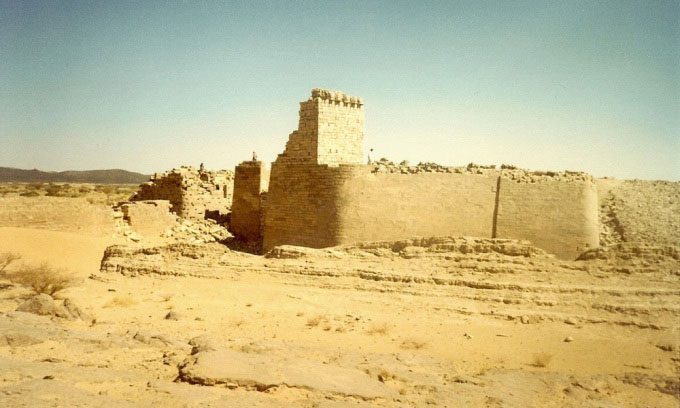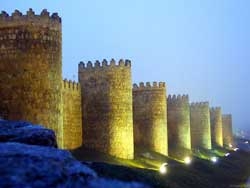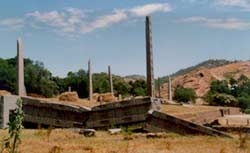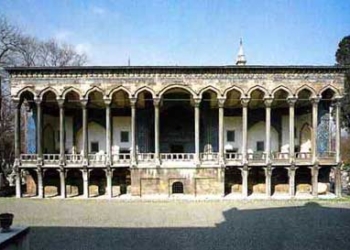The Marib Dam is one of the important irrigation structures built by the Arabs approximately 3,700 years ago, during ancient times.
Near the ancient city of Marib in Yemen, lie the ruins of one of the greatest engineering wonders of the ancient world, the Marib Dam. Throughout its existence, this water dam transformed the desert into an oasis, allowing for the irrigation of over 100 km2 of sandy land surrounding Marib, the largest city in southern Arabia at that time, and also the power center of the Kingdom of Saba.

Ruins of the Marib Dam. (Photo: Dennis/Flickr)
The Kingdom of Saba flourished due to trade along the Spice Route (or the Incense Route) between southern Arabia and the port of Gaza on the Mediterranean Sea. Marib was one of the stopping points along this route where traders would rest and exchange goods. Marib traded in two rare and valuable products highly prized in the ancient world, frankincense and myrrh, harvested from resin trees cultivated across Arabia.
The trees that produce frankincense and myrrh are extremely drought-resistant. However, they also require careful cultivation like any other agricultural crop.
To develop agriculture in the desert, the Sabaeans constructed an extensive irrigation network consisting of wells and canals. The centerpiece of this system is the Marib Dam. Built from mortar and stone, the structure spans a large gorge that cuts across the Balaq hills. According to modern estimates, the dam stands 15 meters high and is approximately 580 meters long. When it was first constructed around 1750 – 1700 BCE, the dam may have appeared quite modest. By the 7th century BCE, the Marib Dam began to grow in grandeur with large stone and mortar pillars at both the northern and southern ends, connecting with stone sections on either side of the river. These stone pillars remain standing to this day.
Generations of the Sabaeans preserved the Marib Dam for centuries, later followed by the Himyarites. The Himyarites renovated the structure, raising its height to 14 meters and constructing spillways, sluices, settling basins, and a long canal leading to a distribution reservoir. This work continued until the 4th century. At that time, Marib lost its market for frankincense and myrrh due to the rise of Christianity. In its early stages, this religion prohibited the use of frankincense as it was associated with pagan worship. As trade declined, Marib began to lose its prosperity.
The Marib Dam, which helped make the desert fertile and allowed the surrounding area to thrive, fell into a state of disrepair. The complex hydraulic techniques famous among the Sabaeans gradually faded into obscurity, and maintaining the dam became increasingly difficult. From the mid-5th century onward, the dam began to crack frequently. By 570, the dam was finally breached by flooding, and this time it was not repaired.
There is much debate about the cause of the Marib Dam’s collapse. Some scholars suggest that heavy rains were to blame, while others believe that an earthquake destroyed the stone structure. The collapse of the Marib Dam led to the destruction of the irrigation system, forcing the population—estimated at around 50,000—to migrate to other areas of the Arabian Peninsula. Today, Marib only grows a small amount of wheat, and during the rainy season, it also cultivates millet, sesame, and a type of alfalfa for animal feed. The once-thriving city is now mostly in ruins.





















































